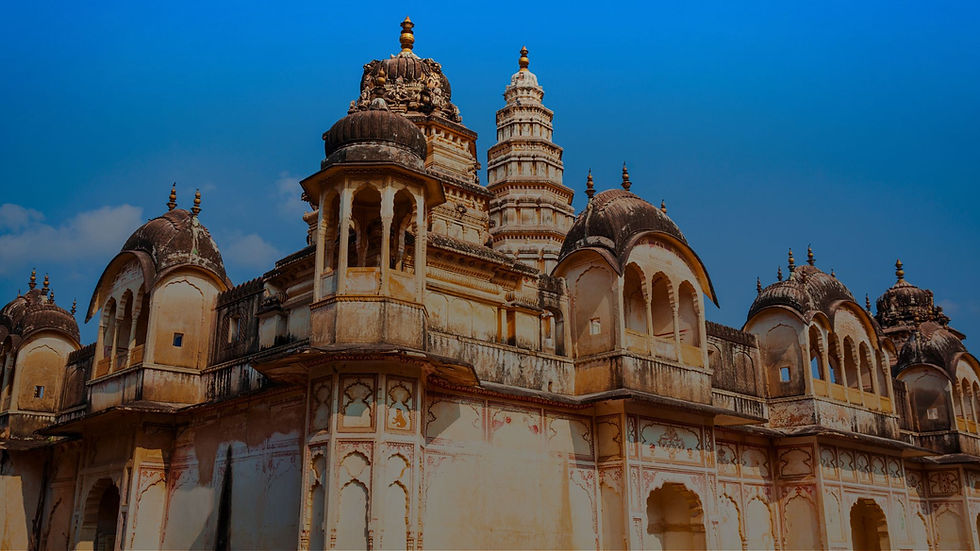
Rangnath Temple
The Rangnath Temple in Pushkar, a magnificent modern structure, is dedicated to the Shri Vaishnavism tradition founded by Sri Ramanujacharya. With its intricate architecture and vibrant rituals, including the revered Garud Dhwaja Khambha, it stands as a testament to the rich cultural and spiritual heritage of Vaishnavism.
.png)
Temple Deity
Lord Vishnu

Location
Sri Rangnath Swamy Temple, Pushkar, Rajasthan, India

Timings
6:30 AM - 6:00 PM
Rangnath Temple
The Rangnath Temple, a grand and imposing structure, stands at the entrance of Pushkar. It is affiliated with the Shri Vaishnavism sect, which was founded by Sri Ramanujacharya in the 11th century. This sect, known for its devotion to Lord Vishnu, has four primary branches: Shri Vaishnava, Vallabh, Madhva, and Naibarak. The Rangnath Temple is renowned for its architectural splendor and its association with the Shri Vaishnavism tradition.


Sacred Structures: Temple History and Architecture
The temple complex comprises two major sites: the Srirama Vaikuntha Temple and the Rangji-ka-Mandir. The Srirama Vaikuntha Temple follows the Jayakhyam Samhita and is characterized by its stone Viman, which features carvings of 361 deities. The Rangji-ka-Mandir, adhering to the Paushkara sect, showcases elaborate brickwork and images of Garuda. The outer Gopuram, built of brick and mortar, is adorned with detailed carvings by South Indian masons. The Srirama Vaikuntha Temple includes nine distinct shrines, including those dedicated to Lakshmiji, Godambaji, Raghunath ji, Srirangnath Bhagwan, Sudarshan Bhagwan, Ramanuj Mandir, and Vedantdeshik.
Divine Moments: Temple Gallery
Delight in the spiritual and architectural splendor of Pushkar's temples through our curated photo gallery.
Divine Prayers & Blessings
Sacred Rituals and Poojas
Temple Visit Guidelines
Spritiual Significance of Pushkar
Here are a few significant facts that you should know about Pushkar




